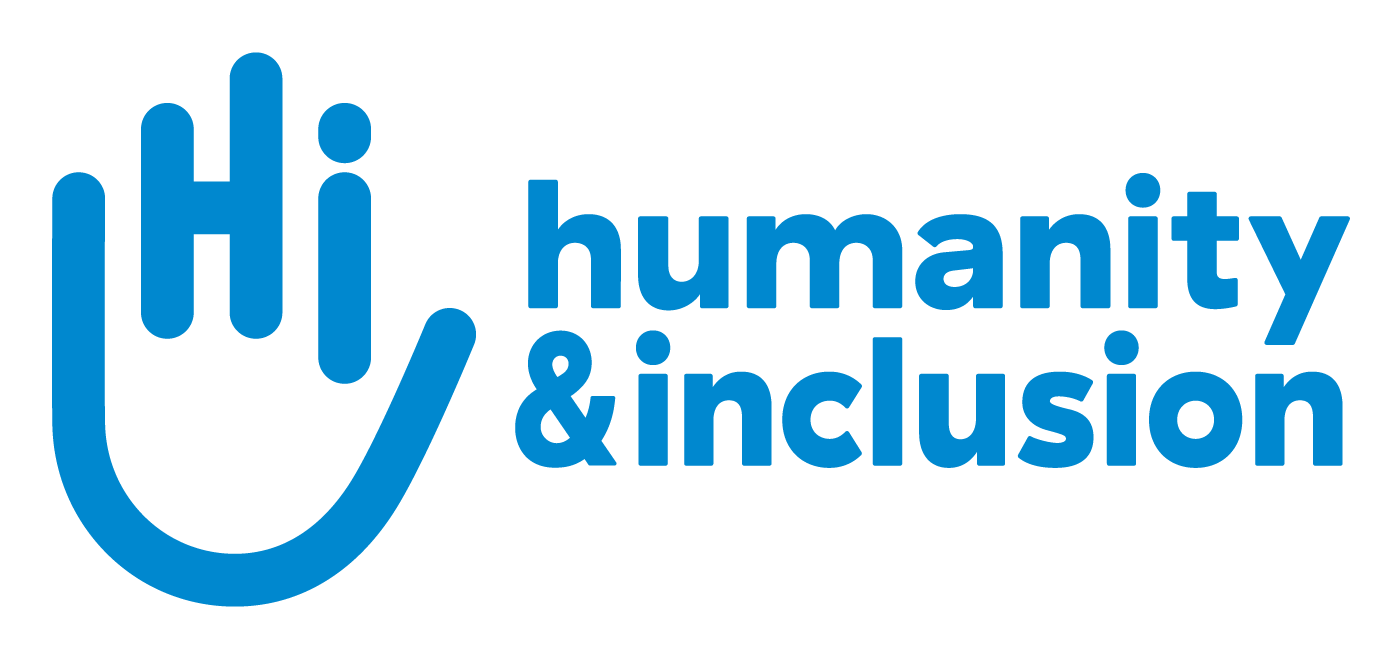Latest news
By country
By activity
- Rights (119)
- Emergency (643)
- Rehabilitation (460)
- Prevention (97)
- Inclusion (270)
- Health (189)
- Explosive weapons (337)
- Event (16)
- Covid-19 (5)
By publication date
Myanmar Earthquake: HI's response continues 3 months later 06/30/25
On March 28, a 7.7-magnitude earthquake hit the center Myanmar. HI mobilized immediately. Three months later, our teams are still working with affected communities.
- Myanmar
Djadah & Haleema, refugees in Chad: finding solidarity after violence 06/17/25
Djadah and Haleema fled the violence in their country. Their sadly similar journeys testify to the terrible violence suffered by the people of Sudan.
- Chad
Clubfoot support in Burkina Faso 06/03/25
Each year in Burkina Faso, around 958 children are born with clubfoot — a condition that can be easily treated if addressed early. HI works to raise parents’ awareness and provide them with support.
- Burkina Faso
Voices from Ukraine’s Silent Crisis: Ukrainians Left Behind as U.S. Funding Stalls 05/29/25
Three years after the escalation of the war between Russia and Ukraine, the whole country is still under bombardment, and the number of civilian victims continues to rise. Listen to the silent voices of Ukrainians as they share their stories.
- Ukraine
Poni Anet: mother, refugee and business owner 05/16/25
Poni Anet Wori’s entrepreneurial spirit knows no bounds. She opened a shop in Kalobeyei and, after receiving training and economic support, her business is now flourishing.
- Kenya
Promoting a more inclusive working environment in Kakuma 05/16/25
In Kakuma refugee camp, refugees and Kenyans run a number of micro-enterprises. HI and its partners are helping them promote and develop their businesses.
- Kenya
Heba: A humanitarian worker in Palestine 05/16/25
Heba, 34 years old, is a prosthetics specialist working with HI at the Nahla Center in Khan Yunis City. She shares how she balances her humanitarian mission, her family, and the danger around her.
- Occupied Palestinian Territories
Getting back on his feet after an accident: Souleyman is walking thanks to his prosthesis 05/16/25
After his accident, Souleyman lost his leg and his job. With the support of HI and the State, he received treatment and a prosthesis. Now, he is planning a new future.
- Benin
Mozambique: Recovering and rebuilding four months after Cyclone Chido 05/07/25
In December 2024, northern Mozambique was hit by a powerful cyclone. HI has stepped in to bring relief to the population, providing psychological support and helping to prevent the spread of disease.
- Mozambique
Emergency situation in Colombia: the Catatumbo crisis displaces more than 50,000 people 05/07/25
In northeastern Colombia, violence between non-state armed groups has forced tens of thousands of people to flee their homes. Needs for health, hygiene, protection and education are skyrocketing.
- Colombia
Building resilience to trauma through psychological support 04/30/25
Due to the crisis shaking the region, there are hundreds of thousands of displaced people in Mali. Thanks to funding from the EU, HI and its partners are on the ground providing mental health support.
- Mali
Yemen: Explosive Devices Everywhere 04/28/25
Yusuf is 15 years old. He was injured by an exploded ordnance one day while he was out herding sheep. In Yemen, contamination by explosive ordnance is a constant danger for everyone.
- Yemen
Mali: Helping people displaced by violence regain their confidence and dignity 04/28/25
Assagid Ag Mohamed was forced to flee his home with his family. He now lives in a camp for displaced people near Gao, where he is finding support and rebuilding his life as he waits to return home.
- Mali
In Madagascar, Odile is striving for more inclusive cyclone risk management 04/28/25
Odile, a survivor of cyclone Gamane, which ravaged northern Madagascar at the end of March 2024, is calling for more inclusive management of climate disaster risks.
- Madagascar
Demining so that people can use their land again 04/23/25
Mine clearance is vital for many people in Iraq, as lands and villages remain contaminated by years of war.
- Iraq


















